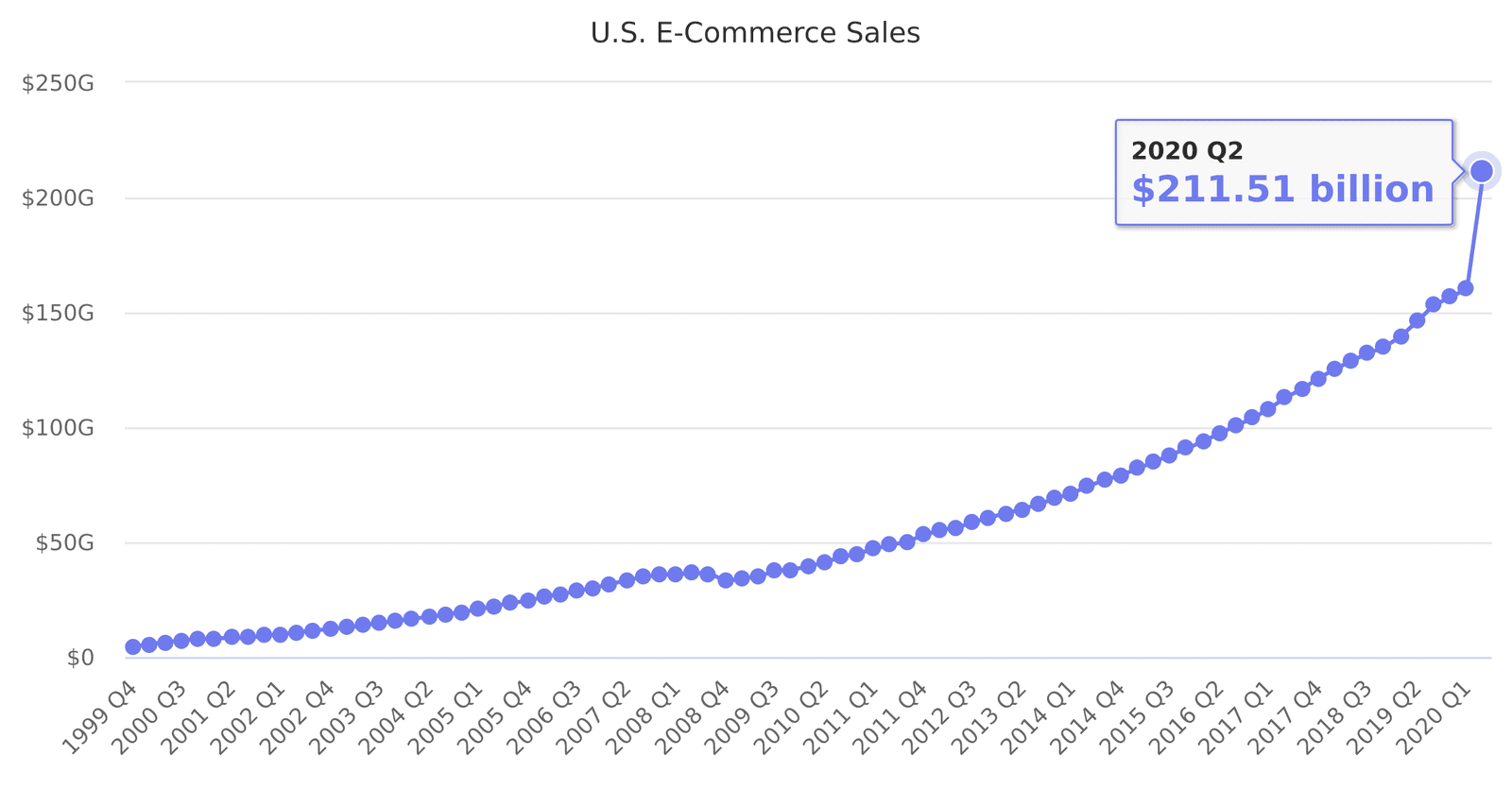
The year 2020 will be forever known as the year the first (and hopefully only) world wide pandemic of the 21st century hit. This crisis has forced the population to change the way even the most mundane of tasks, like going for a walk or eating at restaurant, are perceived and executed. From whole countries shutting down to incidents arising from people falling to wear masks, change can be seen everywhere.
In the next few pages, we will discuss some changes I have observed over the last few months and explain how those learnings can be applied to enhance the operations of any IT organization.
Your organization most crucial resource is not the one you think

At the beginning of the pandemic, when it was clear that the population would have to stay at home to slow the spread of COVID-19, popular wisdom indicated that food and water could quickly become scarce. However, no one could have foreseen that toilet paper would become the hardest item to find in stores.
In the same way, IT failures usually come from unexpected sources. IT organizations have contingency plans to ensure smooth operations, but no amount of planning can prevent the unexpected. For example, I remember one time when a company's network went down because someone had added additional equipment to the enclosure that held the network switches (including the redundancies). The added heat caused the switches to start failing in mass.
But how do you prepare for the unexpected? 'Chaos Engineering' has risen in popularity in the last few years as a way to address that exact question. The main premise of this type of engineering entails using software to randomly simulate application, equipment and network failures. This allows teams to build muscle memory on how to handle unexpected failures. Companies like Netflix routinely run chaos engineering in production to train teams to quickly resolve outages. The folks at Gremlin wrote a good introductory article on this subject.
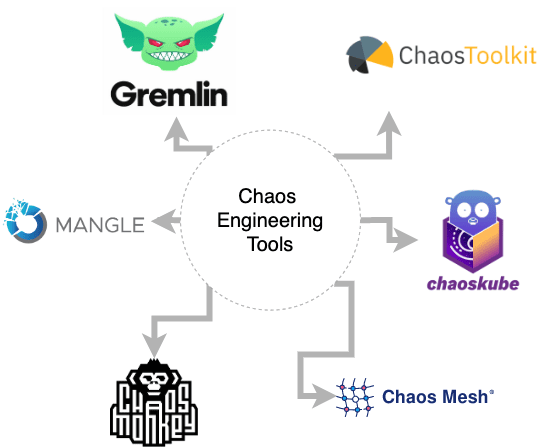
Your Organization toolset may need an overhaul to be more productive

As the pandemic hit, our family saw many of our favorite brands disappear from stores. This forced us to experiment with new, unfamiliar products. For example, I was forced to try new yogurt alternatives when our favorite brand vanished. While I found my share of duds, in the end, I found a couple yogurt brands that could not only work as suitable substitutes but that were superior to my original brand.
As IT organizations grow, it is easy and comfortable to stick with a few well known tools. Unfortunately, this means that IT departments can potentially miss out on the significant advances in software applications. Recently, I witnessed a company passing on an AI based solution that could simplify a large number of their operations. The reason to pass on the software? The application did not export results to Lotus Notes. Trying to add features to a software over 25 years after most companies abandoned it, seems like a classic example of an IT department operating by inertia . Most times companies do not realize the hidden costs of legacy applications because many of these costs, while very real, are not always easy to quantify.
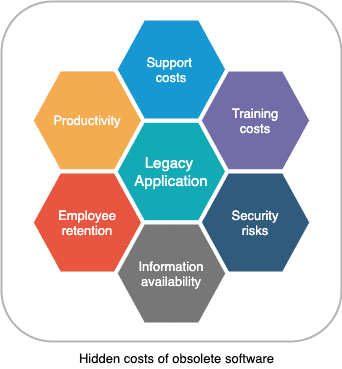
New software adoption can be hard but not as hard as you may think

A few months ago, my 9 year old nephew, who lives abroad, realized that with the pandemic he could not spend half as much time with his friends as he normally would. So, he called me and convinced me to download his favorite game. He taught me how to play the game and now (5 game downloads later) we have weekly game sessions on our tablets. It took us five minutes to establish simultaneous visual, voice and game communication over thousands of miles. This was achieved by a well motivated 9 year old kid with access to the right technology.
Throughout my career I have seen a number of exciting and ground breaking initiatives die on the notepad because people think they are too hard to implement or that people would never used them. However, the pandemic has shown us that things are not always as they seem. Technology is moving at such a high pace that what used to be far fetched just a couple of year ago is now a reality. Companies that fail to constantly adapt and implement new technologies are finding themselves chasing the competition..
We all witnessed the meteoric adoption of Zoom and other technologies that enable remote work. However, It was not long ago that most IT managers indicated that setting up the infrastructure to support employees working remotely was a fool's errand. It was too complicated and it would take months, if not years to implement. And then, the pandemic hit. Those same organizations implemented remote work in a matter of weeks
Applying new ideas and technologies comes down to breaking down misconceptions, having strong motivators, not being afraid to test new technologies and having clear goals.
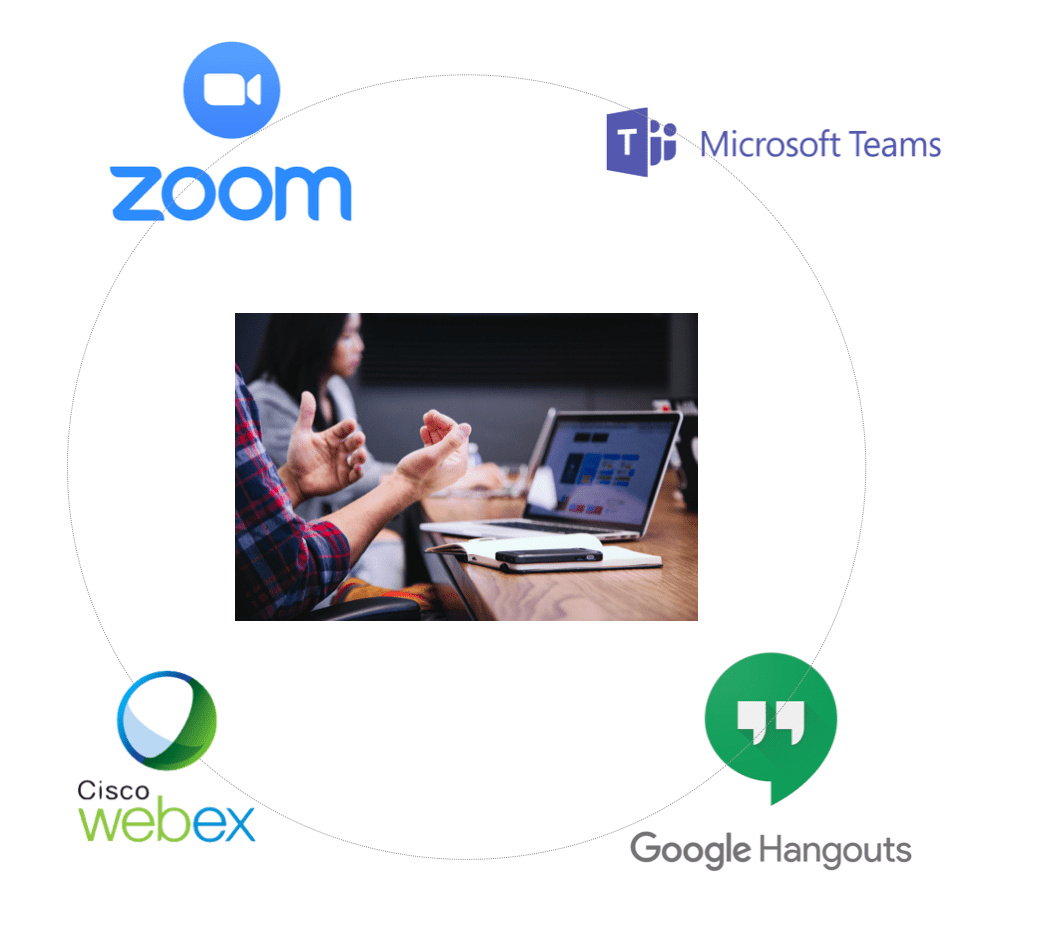
A long commute is not a requirement for a productive team

Whether it was a long drive to the office or multiple flights a week to get to a client, it was a common urban myth that team members needed to suffer through the daily commute to be productive at work.
However, throughout the pandemic we have seen that remote employees tend to be at least as, if not more, productive than those confined to cubicles. Research has shown that remote work brings significant benefits to both the employers and employees. Some of those benefits are depicted in an article by Global Workplace Analytics. The illustration below depicts some of the key findings from that article:

The transition to remote work has not always been smooth given how fast the pandemic forced us to implemented it. However, remote teams have produced great results as long as:
Managers hold people accountable for work output instead of the numbers of hours clocked.
Teams make an effort to build a healthy and supportive online community that ensures both work and personal relations continue to flourish.
Members set clear rules for both personal interactions and work deliverables
This change has been so successful for a large number of IT workers, that the average rent in the Bay Area have already started to drop. Employees have started to move away from the tech hubs since they no longer have to pay a large percentage of their salaries for rent when they can buy a much larger home somewhere else for a fraction of the cost .
Your costs are not set in stone

Before the pandemic hit, I used to think we had a fairly good handle on monthly household expenses However, COVID-19 arrived and changed the world along with our expenses. For example, restaurant and take out expenses were reduced drastically while supermarket costs increased. This shift to home cooking lead to unexpected savings..
An interesting fact coming out of the pandemic is that people are saving more than ever. The Commerce department estimates that pre-pandemic, the average American savings rate was in average 7.5%. By April of 2020, the rate had sky rocketed to 33.5% and by June it seemed to have settled around 19%. And while it is not known where that rate will settle once things come back to normal, it is clear that with the correct adjustments the average person can save more that he/she traditionally does in a typical month.
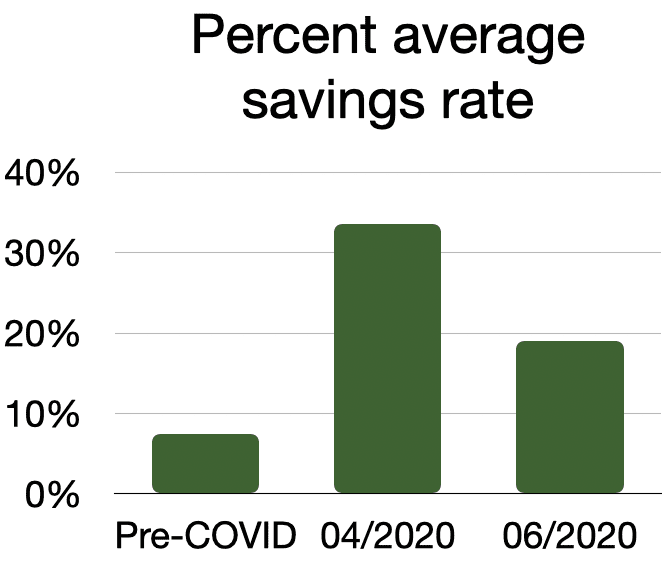
Similarly, as organizations grow and the company's needs for technology increase, it is tempting to think that a large portion of the costs are fixed and absolutely unavoidable.
But just like personal spending, organizational spending is not set in stone. As companies grow, expenses grow as well and the expenses are rarely inspected with a calm and unemotional lens (Telling users that their favorite tool will be sunset is always an interesting conversation). But this type of review is absolutely necessary and must take place on a regular basis. Otherwise, companies are eventually forced to take hurried, dramatic cost cutting measures on the next market down turn.
Digital transformation must be accelerated

On a regular month before the pandemic, our family's credit card bill contained a healthy mix of online and physical vendors. But in the last couple of months the list has been reduced almost exclusively to online retailers and our local supermarket. And we are not alone...
The move to online sales has been increasing for years, but the pandemic has accelerated it. According to the U.S. Census Bureau estimated quarterly E-commerce retail sales, online retails sales growth rate for Q2 2020 is three times higher than that of previous quarters. Take Amazon for example, the online giant reported net sales were up by 40% in Q2 compared to same period last year.
On the other hand, sales at physical stores has been declining faster this quarter than previously expected. For example, the number of store closures so far in 2020 has been reported by Forbes to be over 13,000 compared to 5,700 in 2018.
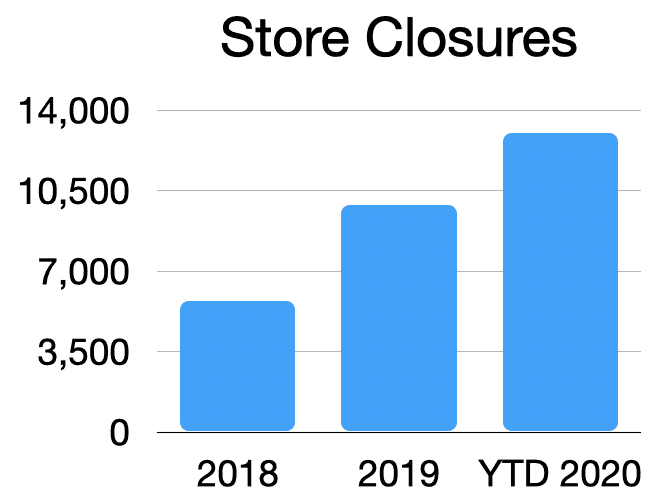
The bottom line is that companies without a solid digital transformation plan need to create one right away. And, companies that have based their 5 or 10 year plan on historical consumer trends need to set more aggressive timelines. The era of measuring digital transformation projects in years has come to an abrupt end. The competitive edge belongs to nimble companies capable of adapting quickly. While consumer behavior might shift once the pandemic is over, it will never mirror the original pre-pandemic habits.
Conclusion
The pandemic has changed the way we interact with the world. As a result, there have been significant shifts on the IT landscape. We explored the shifts in terms systems' reliability, employee retention, operation costs and digital transformation. But, that is just the tip of the iceberg. Companies must re-imagine their digital visions and strategies to cope with the new reality. There is an old English saying that seems specially relevant at this point:
An hour may destroy what an age was building
As we adapt to long term lockdowns, masks and other health restrictions, companies must find innovative solutions to push the status quo in order to survive. After all, nothing is permanent in tech beyond change itself.
On a final personal note, I would like to thank all medical personnel that have been fighting the pandemic. They have been at the front lines of the COVID-19 battle, sometimes at great personal cost, to keep the rest of us safe. If you know someone that works at a hospital, doctor's office, lab, etc... take a couple of minutes from your busy life and thank them for their hard work.

